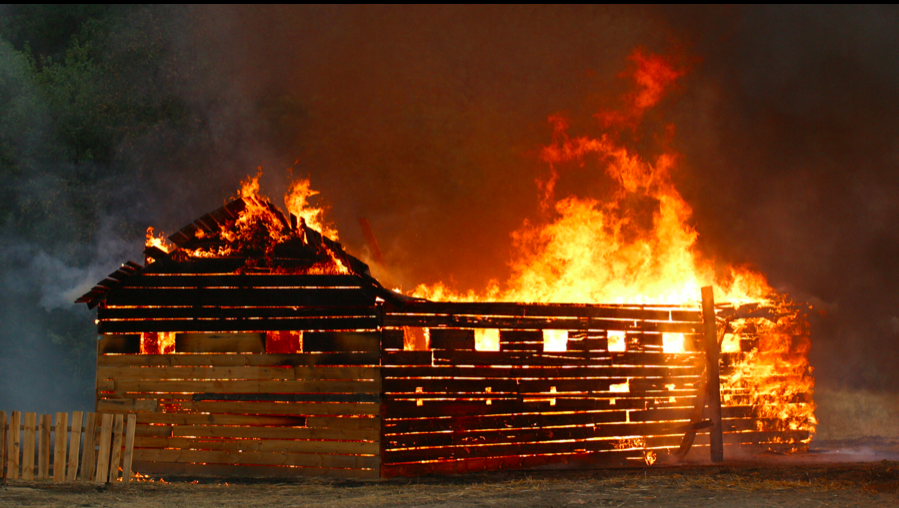
Fire Prevention and Safety Measures around the Barn
Barn fires are a farm owner’s worst nightmare. Most have tragic results such as the loss of human life, animals, valuable equipment, or the building itself. The National Fire Protection Association (NFPA) estimated that during the period 2013–2017, 326 deadly barn fires occurred.
These fires resulted in one civilian death, ten civilian injuries and $28 million in direct property damage, annually; the number of animals lost in these fires was not reported.

Wellington, FL: Community Risk Reduction
Wellington, Florida is home to the world famous Winter Equestrian Festival, and at any given time has thousands of horses within the service area of the Palm Beach County Fire Department. At the peak of season, there can be 17,000 – 20,000 horses in Wellington (Capone 2019). With this influx, and on a daily basis in Wellington, thousands of bales of hay and bags of shavings are stored and consumed. Thousands of fans are run 24/7 in open air buildings. Soiled shavings and manure are stored in close proximity to wooden structures. On Wellington’s main show grounds, horses live in wooden barns with more than 40 stalls running fans in each stall (Montague 2015). The barns are close together. Despite large risks for fire, I doubt that even one groom in charge of these hundreds of stalls on-property and thousands off-property would be able to access a fire extinguisher quickly or have even a basic knowledge of fire prevention and safety. The same goes for the owners and the riders. There is a major need for a focused program to address equestrian property safety and education of equestrian workers, riders, owners, trainers, farriers and vets to ensure the risk of fire, destruction and death at equestrian properties is dropped.